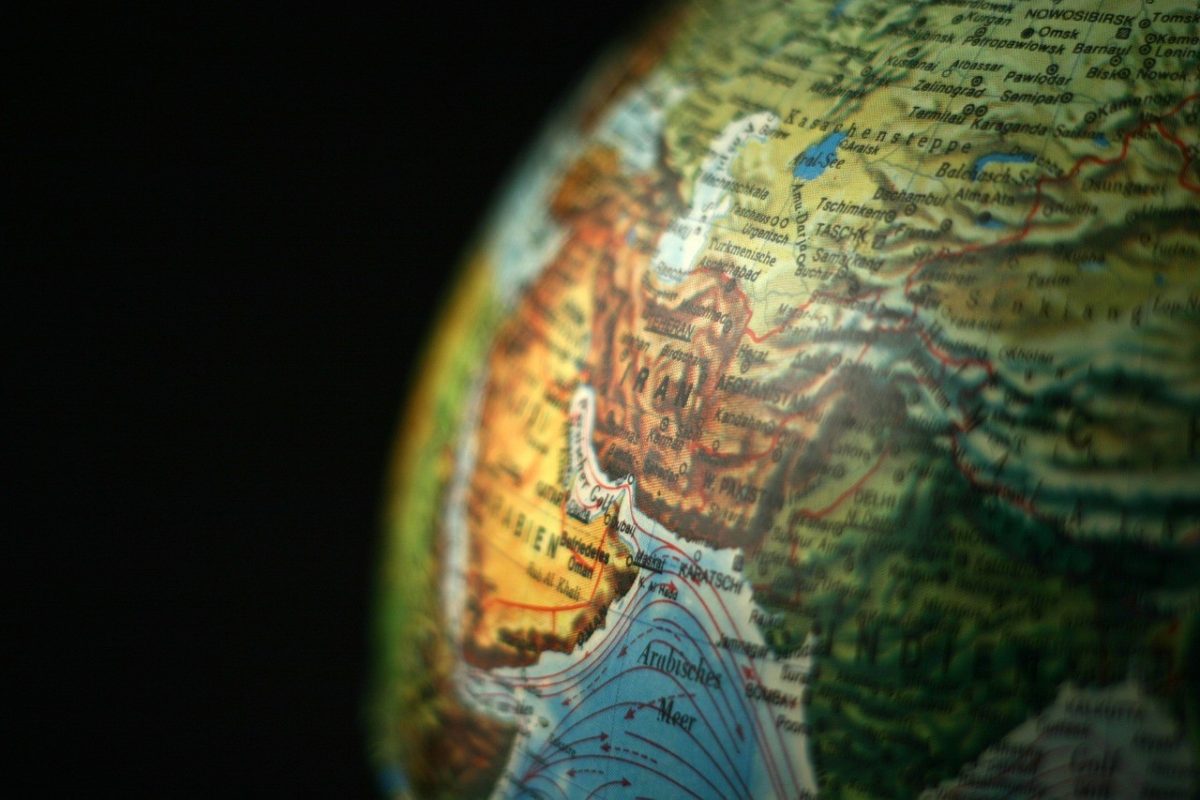Iran’s missile and nuclear capabilities, along with its military weapons cooperation with Russia and North Korea, render it one of the world’s most significant dangers.
The Islamic state has a new ballistic missile, named “Kheibar” that can launch a one and a half ton payload over 1,200 miles. That, combined with Tehran’s ability to place satellites into space, and the shared technology it receives from North Korea’s highly advanced ICBM program, makes the nation a major threat. Haaretz reports that, according to Israeli sources, Iranian Space Tech Brings Tehran Closer to ICBM Capabilities. rockets that send satellites into orbit could also launch nukes.
A Washington Institute study reveals that “Tehran’s nuclear and regional activities are part of a single strategy that aims to paralyze stronger foes, so Washington’s policies for responding to each challenge should likewise overlap considerably.”
Iran cheated from the start of the already flawed nuclear deal, the Obama-era Joint Comprehensive Plan of Action (JCPOA.) Iran had agreed to eliminate its stockpile of medium-enriched uranium, cut its stockpile of low-enriched uranium by 98%, and reduce by about two-thirds the number of its gas centrifuges for 13 years. One of the key weaknesses of the deal was that the restrictions on developing atomic bomb ingredients would only last for about 15 years, after which it was unrestrained. Even if all parties had stuck to the agreement, and there was no cheating (Iran did cheat) the nuclear threat from Tehran would be looming.
According to the Gatestone Institute, “Ever since President Joe Biden assumed office, Iran has been freely enriching uranium … and violating sanctions…Since 2021, the Biden Administration has been cozying up to Iran in a way that has often seemed agonizingly embarrassing to entice it back to the disastrous 2015 “JCPOA” nuclear deal of the Obama Administration. Mercifully those efforts did not succeed: the new deal would still most likely have enabled Iran, after a few years, legitimately to have all the nuclear weapons it liked.
The crisis-point is already at hand. Iran has sufficient nuclear fuel to develop atomic weapons right now. Their path is similar to that followed by both Pakistan and North Korea. Despite the Biden Administration’s attempt to reach some sort of deal by basically giving Tehran almost everything it wants, the nations military and economic allies Russia and China have the ability to negate any pressure the U.S. establishes.
In a 2022 Time magazine article, Ehud Barak the former Prime Minister of Israel, noted that “This summer, Iran will turn into a de-facto threshold nuclear state. …. After more than 20 years of trying, Iran is about to cross the point of no return in becoming a member of the ‘nuclear club.’”
Similar to the manner in which Russia and the U.S. have used their nuclear arsenals to deter each other, Iran could use its weapons to gain greater regional influence. There has been, over the past two years, an almost total reversal of America’s Middle Eastern successes during the Trump Administration. The Abraham Peace Accords, and the close relations between the Saudis and the U.S., as well as the image that America presented a sufficiently muscular presence to deter Iranian (and Russian) aggression has been replaced by growing closeness between Saudi Arabia and China and a perception by others in the region that the current White House is accommodating Iran and has a reluctance to come to the aid of allies.
Iran has stepped into that vacuum. Its nuclear power combined with its military relationship with Russia presents a new and dangerous environment. Add China’s commercial deals to the mix, and a volatile situation is apparent.
Illustration: Pixabay
